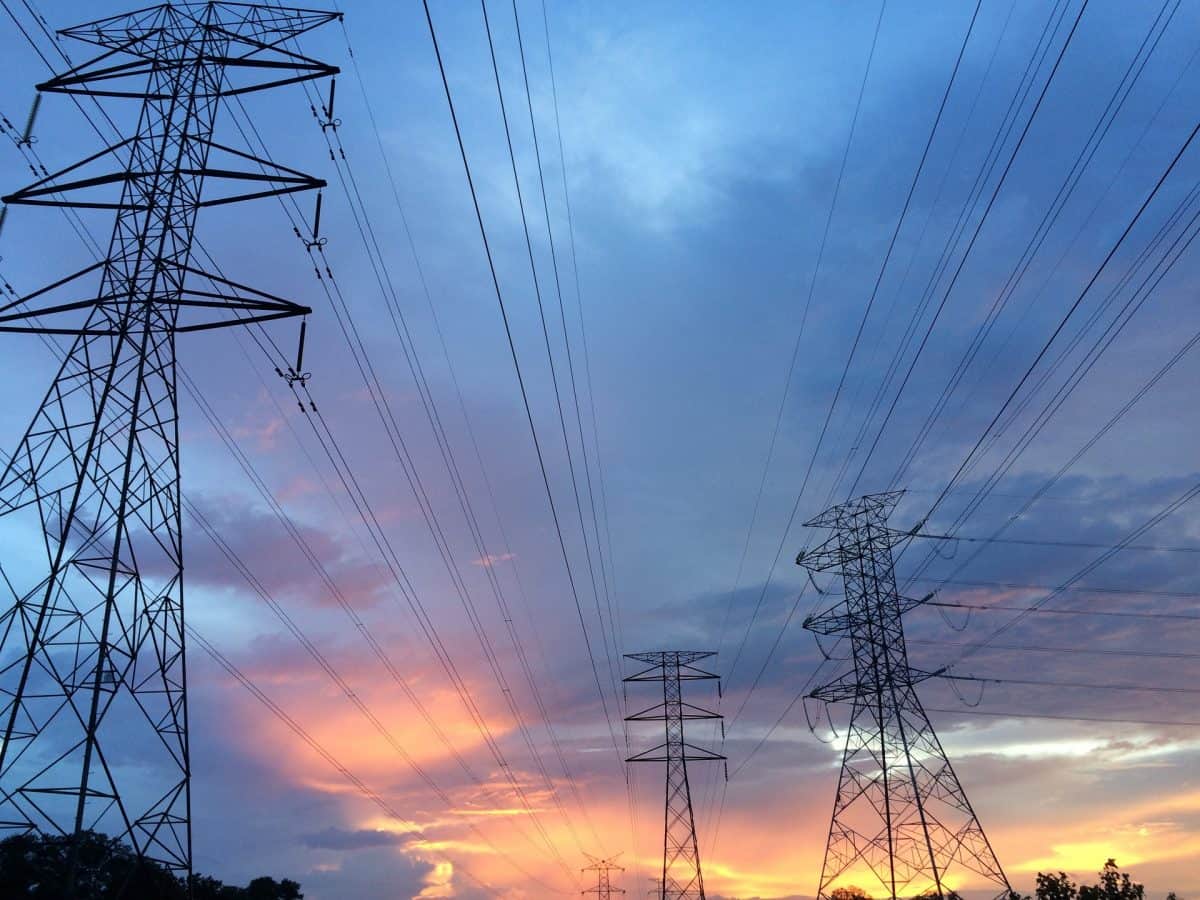
Over the past weekend, South Africa’s state-owned power utility, Eskom, plunged the nation into darkness by reintroducing load shedding after a 10-month hiatus.
According to the parastatal, this was due to breakdowns and planned maintenance at coal-fired power stations.
However, there’s been a growing chorus of sceptics questioning whether these technical issues are the sole culprits or if a more strategic manoeuvre is at play, especially in light of recent regulatory decisions that haven’t favoured Eskom’s financial ambitions.
OFFICIAL EXPLANATION FOR WEEKEND’S LOAD SHEDDING
On 31 January 2025, Minister of Electricity and Energy, Kgosientsho Ramokgopa, announced the implementation of Stage 3power cuts, citing “several breakdowns” and planned repairs at Eskom’s coal-fired power stations.
This removed up to 3,000 megawatts (MW) from the national grid, marking the first scheduled power cuts in nearly a year.
The minister described these cuts as a “temporary setback”, emphasising that they were necessary due to unforeseen technical challenges.
SEVERAL BREAKDOWNS A DAY AFTER A FINANCIAL SETBACK
Just a day prior, the National Energy Regulator of South Africa (NERSA) granted Eskom a 12.7% average tariff increase for the 2025-2026 year, significantly lower than the 36% the utility had requested.
Eskom had argued that the substantial hike was essential to cover financial shortfalls resulting from previous regulatory decisions.
The regulator’s decision was influenced by public concerns over the weak economy and the high cost-of-living crisis South Africans were currently plagued with.
A QUESTION OF TIMING OF SUDDEN LOAD SHEDDING
The proximity of these two events – the denied tariff increase and the sudden onset of load shedding – has raised eyebrows.
South Africans took to social media to suggest that Eskom’s reintroduction of power cuts might be a calculated response to NERSA’s decision.
Many have suggested that Eskom wanted to show the utility’s indispensability and the consequences of financial constraints. In fact, critics said that Eskom was flexing its muscles to demonstrate its critical role in South Africa’s infrastructure and to pressure regulators and the public into supporting future tariff hikes.
A SUDDEN AND MIRACULOUS RECOVERY
On 2 February, Eskom announced that it had managed to restore its reserves and added 2391 MW to the grid. No details about the unit breakdowns were provided.
MEDIA INQUIRIES MET WITH SILENCE
The South African’s inquiries to Eskom regarding the specifics of the power plant breakdowns and the status of repairs have gone unanswered.
This lack of transparency has only deepened public suspicion. South Africans, already weary from years of inconsistent power supply, are beginning to question the veracity of Eskom’s claims, with some describing this coming onset of load shedding as a mere “temper tantrum” and “economic sabotage”.
The absence of detailed information leads many to speculate that the utility might be mystifying the real reasons behind the load shedding.
HISTORY OF MISTRUST
Over the years, Eskom’s reputation has been marred by allegations of corruption and mismanagement. The utility has been at the centre of numerous scandals, with top executives accused of lining their pockets at the expense of the nation’s power supply.
In one notable instance, consultancy firm McKinsey agreed to a $122 million (R2.196 billion) bribery settlement related to its work with Eskom and Transnet between 2012 and 2016.
As such, this period saw the near-collapse of these state enterprises due to corrupt practices. Furthermore, former Eskom CEO André de Ruyter made allegations of entrenched corruption within the utility, implicating high-ranking officials.
DO YOU THINK ESKOM HAD GENUINE REASON TO IMPLEMENT LOAD SHEDDING, OR WAS IT JUST A TEMPER TANTRUM FOR NOT GETTING ITS WAY?
Let us know by leaving a comment below, or send a WhatsApp to 060 011 021 1.
Subscribe to The South African website’s newsletters and follow us on WhatsApp, Facebook, X and Bluesky for the latest news.













